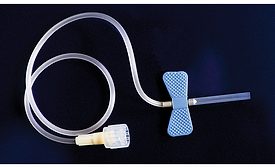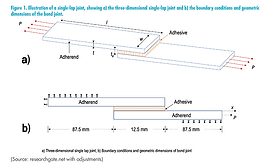Performance Testing of Hydrophilic Coatings on Medical Devices
It is vital to choose the right testing methods to create certainty and predictability in the manufacture and use of hydrophilic coatings for implantable medical devices.
Read More


